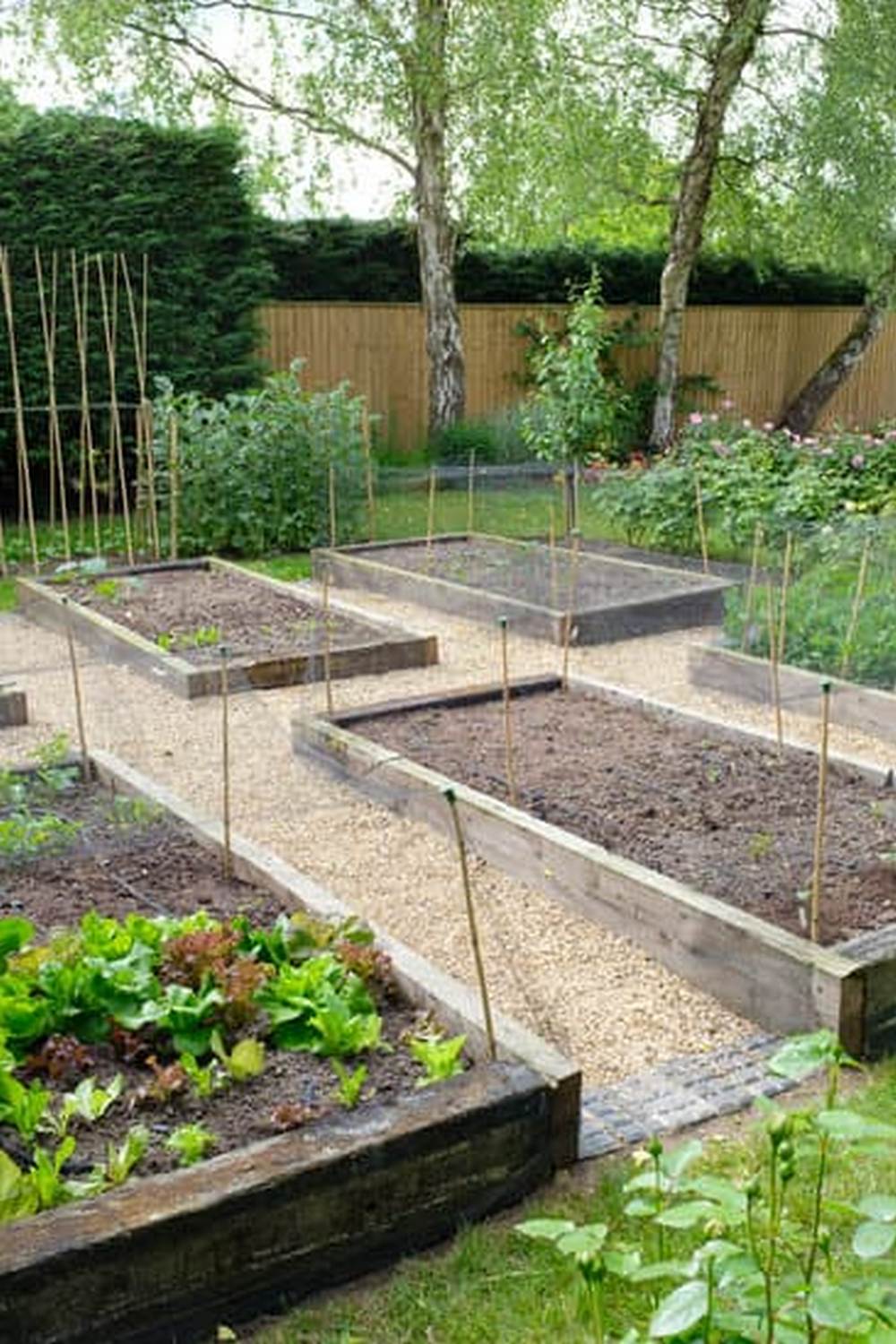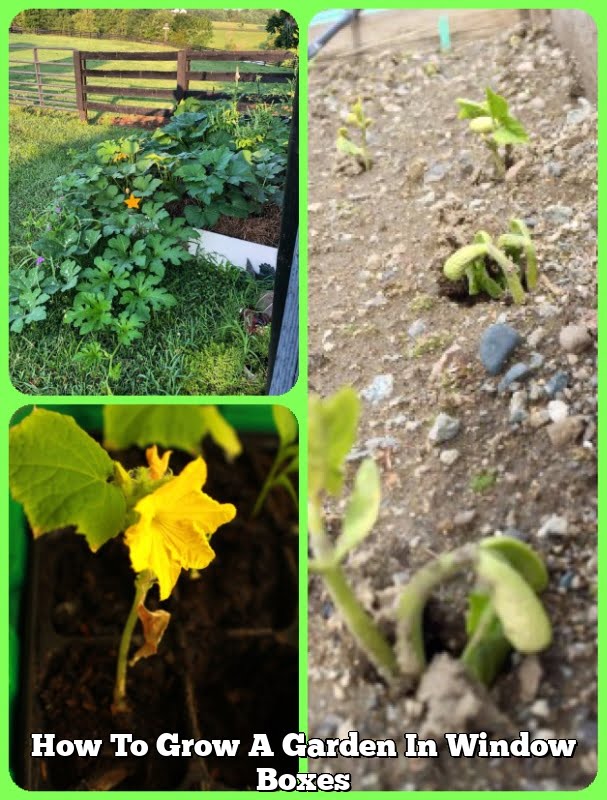Are you interested in starting your own apartment window vegetable garden? With the growing trend of urban gardening, many city dwellers are turning to their windowsills as a way to grow their own fresh produce. Apartment window vegetable gardens provide a convenient and sustainable way to enjoy healthy, homegrown veggies right from the comfort of your own living space.
In today’s fast-paced world, where access to fresh and organic produce is becoming increasingly important, apartment window vegetable gardens offer a practical solution for those looking to incorporate more greens into their diet. Not only does it promote healthy eating habits, but it also contributes to sustainability by reducing carbon footprint associated with food transportation.
Whether you have limited outdoor space or simply want to bring a touch of greenery into your home, apartment window vegetable gardens can be tailored to fit any lifestyle. By understanding the sunlight requirements and space considerations for different vegetables, you can create a thriving garden right outside your apartment window.
Stay tuned for valuable tips on choosing the right vegetables, essential supplies needed, maintenance techniques, creative styling ideas, success stories from fellow urban gardeners, and troubleshooting common issues for your very own apartment window vegetable garden journey.
Benefits of Apartment Window Vegetable Gardens
Apartment window vegetable gardens offer numerous benefits to those looking to integrate sustainability and healthy eating into their lifestyle. Not only do these mini-gardens provide a convenient source of fresh produce right at your fingertips, but they also contribute to reducing your carbon footprint by promoting local food production. Here are some key advantages of apartment window vegetable gardens:
- Healthier Eating Habits: Having access to fresh vegetables from your own garden encourages you to incorporate more greens into your diet, leading to a healthier overall lifestyle.
- Sustainability: By growing your own vegetables, you reduce the need for transportation and packaging that comes with store-bought produce, thus lowering your environmental impact.
- Mental Well-being: Tending to a garden, no matter how small, can have therapeutic effects on mental health by providing a sense of accomplishment and connection to nature.
In order to fully reap the benefits of apartment window vegetable gardens, it is essential to choose the right vegetables based on their sunlight requirements and space considerations. Some vegetables thrive in partial shade, while others require full sun exposure. Consider factors such as the direction your windows face and any obstruction that might block sunlight when selecting which plants to grow.
- Leafy Greens: Spinach, kale, and lettuce are great options for low-light conditions typically found in apartments.
- Herbs: Basil, mint, and parsley are versatile herbs that can be grown indoors with minimal sunlight requirements.
- Tomatoes: Cherry tomatoes or patio varieties are suitable for compact spaces and can be grown in pots near sunny windows.
By being mindful of these factors and choosing the right vegetables for your apartment window garden, you can ensure a successful harvest while enjoying the perks of healthy eating and sustainability right from your own home.
Choosing the Right Vegetables for Your Apartment Window Garden
When it comes to choosing the right vegetables for your apartment window garden, it’s essential to consider their sunlight requirements and space considerations. Not all vegetables thrive in limited sunlight or indoor conditions, so you’ll need to select plants that can adapt well to your environment. Here are some tips on how to make the best choices for your apartment window vegetable garden:
- Assess the amount of sunlight your window receives: Before selecting vegetables for your apartment window garden, take note of how much sunlight your window gets throughout the day. Most vegetables require at least 6-8 hours of direct sunlight to grow properly.
- Opt for compact or dwarf varieties: In a limited space like an apartment window, it’s essential to choose vegetables that don’t take up too much room. Look for compact or dwarf varieties of vegetables that are well-suited for small spaces.
- Consider herbs and leafy greens: Herbs like basil, mint, and parsley, as well as leafy greens like lettuce and spinach, are excellent choices for apartment window vegetable gardens. They typically require less sunlight and space compared to larger vegetable plants.
By carefully selecting vegetables that match your apartment’s sunlight conditions and space constraints, you can create a thriving window garden that provides you with fresh produce throughout the year. Additionally, consider rotating your crops seasonally to maximize plant growth and yield in a confined space.
Remembering these key considerations will help you select the right vegetables for your apartment window garden – bringing healthy eating and sustainability right into your living space. With proper planning and care, you can enjoy a bountiful harvest from a compact garden right outside your window.
Must-Have Supplies for Starting Your Apartment Window Vegetable Garden
Starting your own apartment window vegetable garden is an exciting and rewarding endeavor, but having the right supplies is essential for success. When it comes to setting up your garden, there are three key components you’ll need: pots, soil, and seeds.
Pots are crucial for providing a suitable environment for your vegetables to grow. Make sure to choose pots that have proper drainage holes to prevent waterlogged soil, which can lead to root rot. Additionally, consider the size of the pot based on the plant you want to grow – larger plants like tomatoes will require bigger pots for their roots to spread out.
Next, having high-quality soil is vital for the health and growth of your vegetables. Opt for a well-draining potting mix that is rich in nutrients to support healthy plant development. Avoid using regular garden soil, as it may compact in containers and hinder root growth. Look for soil specifically formulated for container gardening or vegetable growing.
Finally, selecting the right seeds is essential for a successful apartment window vegetable garden. Choose varieties that are suited to indoor growing conditions and select a mix of vegetables that you enjoy eating. Consider factors like sunlight requirements and space constraints when deciding on which seeds to plant in your window garden.
| Supplies | Tips |
|---|---|
| Pots | Choose sizes based on plant needs |
| Soil | Use well-draining potting mix |
| Seeds | Select varieties suited to indoor growing conditions |
Tips for Maintaining Your Apartment Window Vegetable Garden
Maintaining your apartment window vegetable garden is essential to ensure the health and growth of your plants. Watering is a crucial aspect of care, as underwatering can lead to wilting and poor growth, while overwatering can cause root rot.
It’s important to find the right balance for each plant based on its individual needs. One tip is to check the moisture level of the soil regularly by sticking your finger into it; if it feels dry an inch below the surface, it’s time to water.
Fertilizing is another key component of keeping your apartment window vegetable garden thriving. While potting soil contains some nutrients, they can become depleted over time as your plants grow. Consider using a balanced fertilizer specifically formulated for vegetables, and follow the instructions on the package for application frequency. Be cautious not to over-fertilize, as this can harm your plants just as much as not fertilizing enough.
Pest control is also an important aspect of maintaining a healthy apartment window vegetable garden. Common pests that may target your plants include aphids, spider mites, and caterpillars. One natural method for pest control is introducing beneficial insects like ladybugs or lacewings that feed on harmful pests.
Additionally, you can make homemade insecticidal soap to deter pests from damaging your precious vegetables. By staying vigilant and addressing any pest issues promptly, you can help ensure a bountiful harvest from your apartment window vegetable garden.
| Watering | Fertilizing | Pest Control |
|---|---|---|
| Check moisture levels regularly | Use balanced fertilizer for vegetables | Introduce beneficial insects like ladybugs |
| Find balance between underwatering and overwatering | Follow instructions for application frequency | Make homemade insecticidal soap as a deterrent |
| Adjust watering based on plant needs | Avoid over-fertilization | Address pest issues promptly |
Creative Ideas for Styling Your Apartment Window Vegetable Garden
When it comes to creating a vibrant and eye-catching apartment window vegetable garden, thinking outside the box can truly elevate your space. One creative idea to consider is setting up a vertical garden. By utilizing wall space, you can maximize the number of plants you grow without taking up valuable floor space. Vertical gardens are not only practical but also add a contemporary touch to your home decor.
Hanging Planters
Another stylish and functional option for styling your apartment window vegetable garden is using hanging planters. These suspended containers create a visually interesting display while allowing you to grow herbs, veggies, or flowers in a compact manner. Hanging planters are ideal for smaller apartments where every inch counts, and they can be easily customized to match your personal aesthetic.
Colorful Containers
To add a pop of color and personality to your apartment window vegetable garden, consider using colorful containers. Opt for bright pots or planters that complement your interior design scheme and bring a sense of fun to your gardening space. Whether you choose rainbow hues or stick to a monochromatic palette, colorful containers can make tending to your plants even more enjoyable.
By exploring creative ideas such as vertical gardens, hanging planters, and colorful containers, you can transform your apartment window vegetable garden into a stunning focal point that enhances both your living space and your well-being. Experiment with different arrangements and styles until you find the perfect look that suits your taste and lifestyle. With some creativity and imagination, anyone can enjoy the benefits of growing their own produce right at their fingertips, just outside their apartment window.
Success Stories
Apartment dwellers around the world have been embracing the trend of creating vibrant and fruitful vegetable gardens right outside their windows. These apartment window vegetable gardens not only provide a source of fresh produce but also serve as a therapeutic and satisfying hobby for many. With limited space and resources, these urban gardeners have found innovative ways to grow a variety of vegetables even in the confines of their homes.
One success story comes from Sarah, who transformed her small city apartment balcony into a thriving vegetable garden. By utilizing vertical gardening techniques and hanging planters, Sarah was able to grow an assortment of herbs, tomatoes, peppers, and even strawberries. Not only did she enjoy the convenience of having fresh ingredients at her fingertips, but she also found joy in nurturing her plants and watching them flourish day by day.
Another inspiring example is Alex, who turned his kitchen window sill into a mini greenhouse for herbs and microgreens. Despite living in a high-rise building with limited access to outdoor spaces, Alex managed to create a green oasis within his apartment.
With proper sunlight exposure and diligent care, he was able to harvest an abundance of basil, mint, arugula, and other herbs throughout the year. Alex’s dedication to his indoor garden not only resulted in flavorful meals but also contributed to his overall well-being and happiness.
Troubleshooting Common Issues in Apartment Window Vegetable Gardens
Yellowing Leaves: Causes and Solutions
One common issue that apartment window vegetable gardeners may encounter is yellowing leaves on their plants. This can be caused by a variety of factors, such as nutrient deficiencies, overwatering, or pests. To address this problem, start by checking the soil’s moisture level and adjust your watering schedule accordingly. Make sure your plants are receiving enough sunlight and consider adding a balanced fertilizer to provide essential nutrients.
Overwatering: Signs to Look Out For
Overwatering is another common issue that can affect the health of your apartment window vegetable garden. Signs of overwatering include wilting leaves, yellowed foliage, and waterlogged soil. To prevent overwatering, ensure that your pots have proper drainage holes to allow excess water to escape. Monitor the moisture level of the soil before watering again and consider investing in a moisture meter for more accurate readings.
Lack of Growth: Potential Causes and Remedies
If you notice that your plants in the apartment window vegetable garden are not showing signs of growth, there could be several reasons behind it. Lack of sunlight, inadequate nutrition, or overcrowded pots may hamper the growth of your vegetables. To stimulate growth, make sure your plants receive sufficient sunlight each day and supplement with a quality plant food as needed.
Consider repotting crowded plants into larger containers to give them room to grow and thrive. Regularly inspect your plants for any signs of pests or diseases that may be inhibiting their growth. By addressing these common issues proactively, you can ensure a bountiful harvest from your urban garden.
Conclusion
In conclusion, Apartment Window Vegetable Gardens offer a convenient and sustainable way for urban dwellers to enjoy the benefits of gardening right from their own homes. By incorporating this green lifestyle choice into our daily routines, we not only promote healthy eating habits but also contribute to environmental sustainability. The trend towards apartment window vegetable gardens reflects a growing awareness of the importance of self-sufficiency and connecting with nature even in the midst of city living.
As more people seek to reduce their carbon footprint and embrace a healthier way of living, apartment window vegetable gardens present a practical solution. With careful consideration of sunlight requirements and space constraints, anyone can start their own mini garden oasis right by their apartment window. The key is to choose the right vegetables that thrive in such conditions and provide them with proper care and attention.
The success stories shared by apartment dwellers who have flourished with their window gardens serve as inspiration for others looking to embark on this green journey. From overcoming common issues like yellowing leaves to experimenting with creative styling ideas such as vertical gardens or hanging planters, there are endless possibilities when it comes to cultivating an apartment window vegetable garden. So why not start your own today and join the growing community of green thumbs in urban settings?
Frequently Asked Questions
Can You Have a Vegetable Garden in an Apartment?
Yes, it is possible to have a vegetable garden in an apartment. With advancements in vertical gardening, container gardening, and hydroponics, even people living in small spaces can grow fresh produce. It just requires some creativity and planning.
Can You Grow Vegetables Indoors by Window?
Growing vegetables indoors by a window is definitely doable, especially if the window receives plenty of sunlight. Some veggies like herbs, lettuces, and microgreens thrive in indoor conditions as long as they have access to natural light or supplementary grow lights. It’s important to consider the available space and light intensity when choosing what to grow.
Can You Grow Vegetables in a Window Planter?
Growing vegetables in a window planter is another great option for those with limited outdoor space. Window planters provide a convenient way to cultivate plants right by the window where they can soak up sunlight.
Depending on the size of the planter, you can grow a variety of vegetables such as cherry tomatoes, peppers, or even small root vegetables like radishes or carrots. Just make sure the planter has proper drainage and suitable soil for optimal growth.

If you’re looking to get into vegetable gardening, or are just looking for some tips on how to make your current garden better, then you’ve come to the right place! My name is Ethel and I have been gardening for years. In this blog, I’m going to share with you some of my best tips on how to create a successful vegetable garden.





